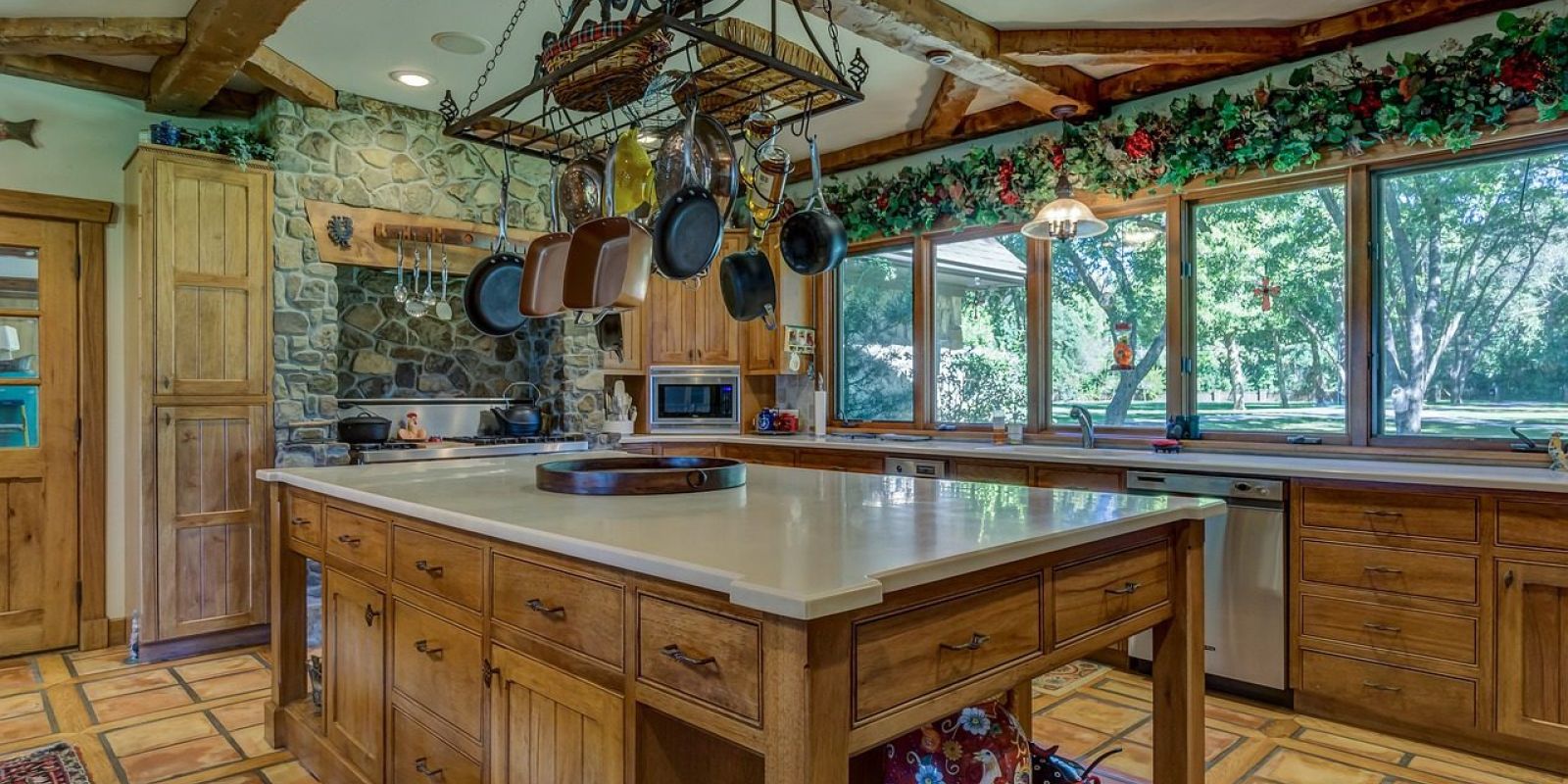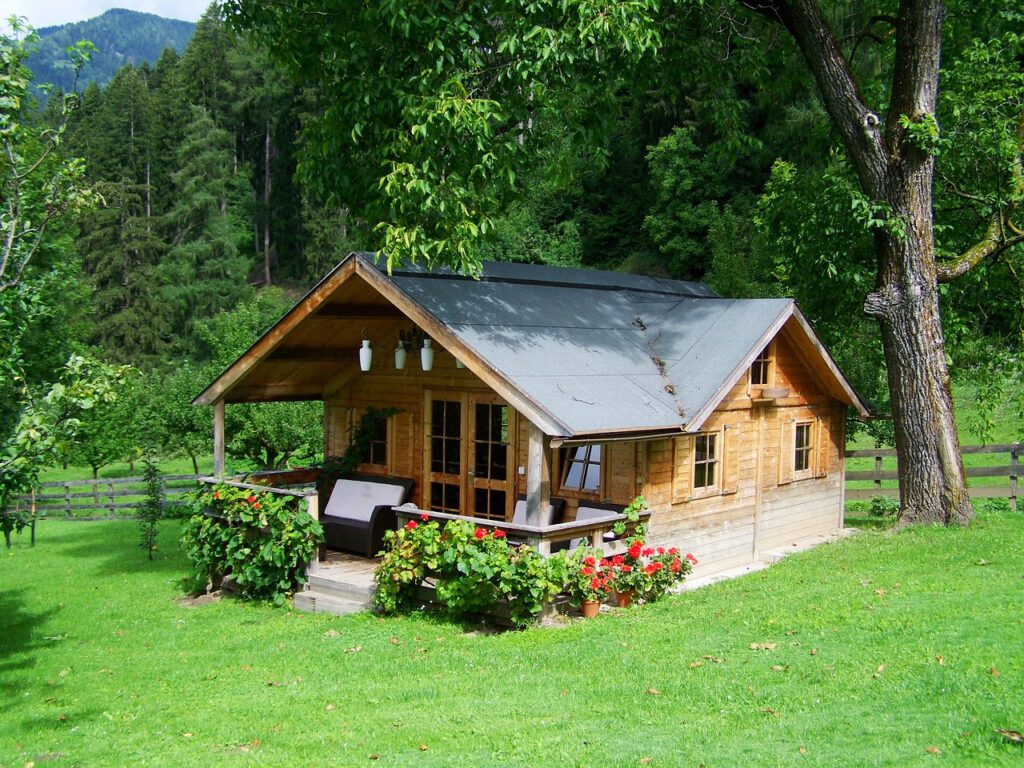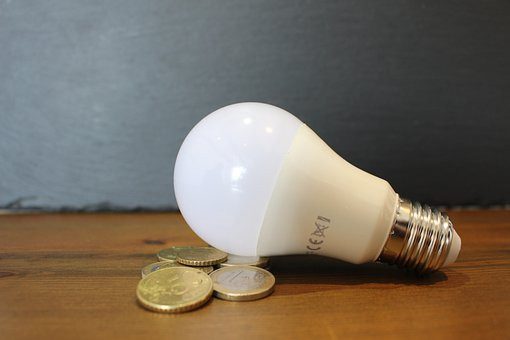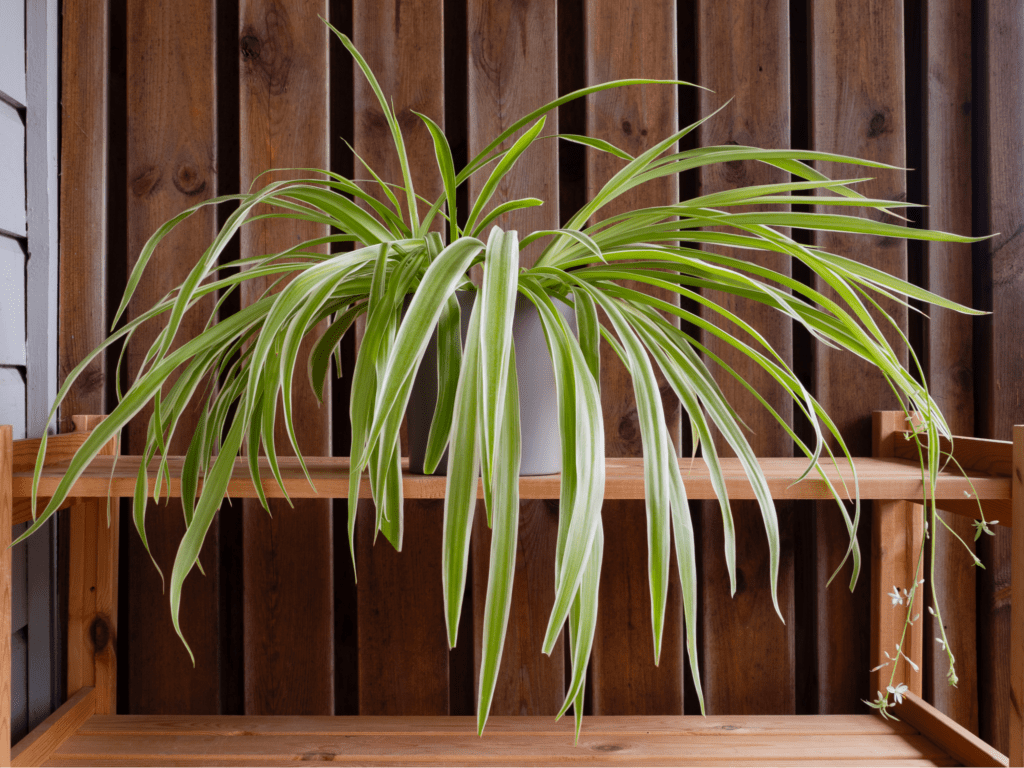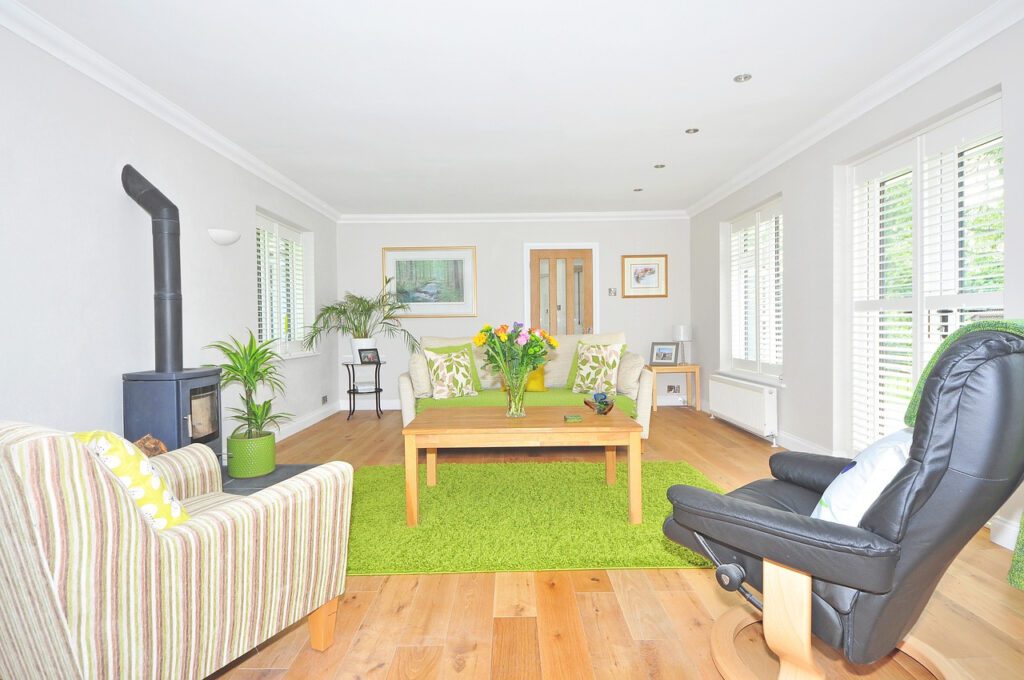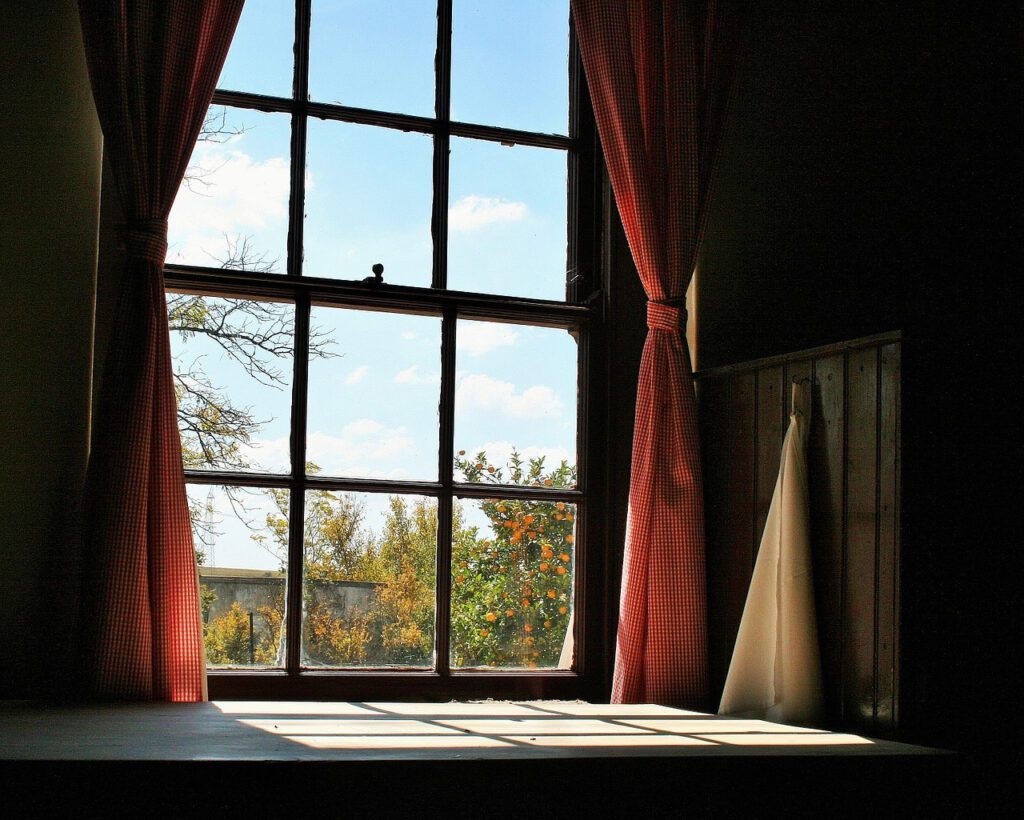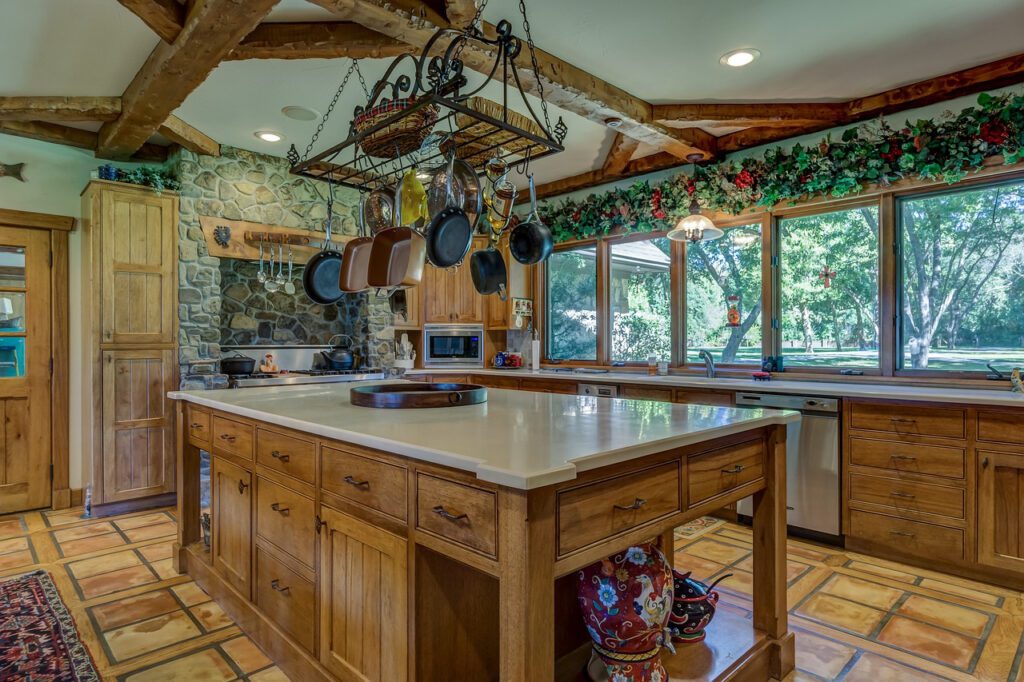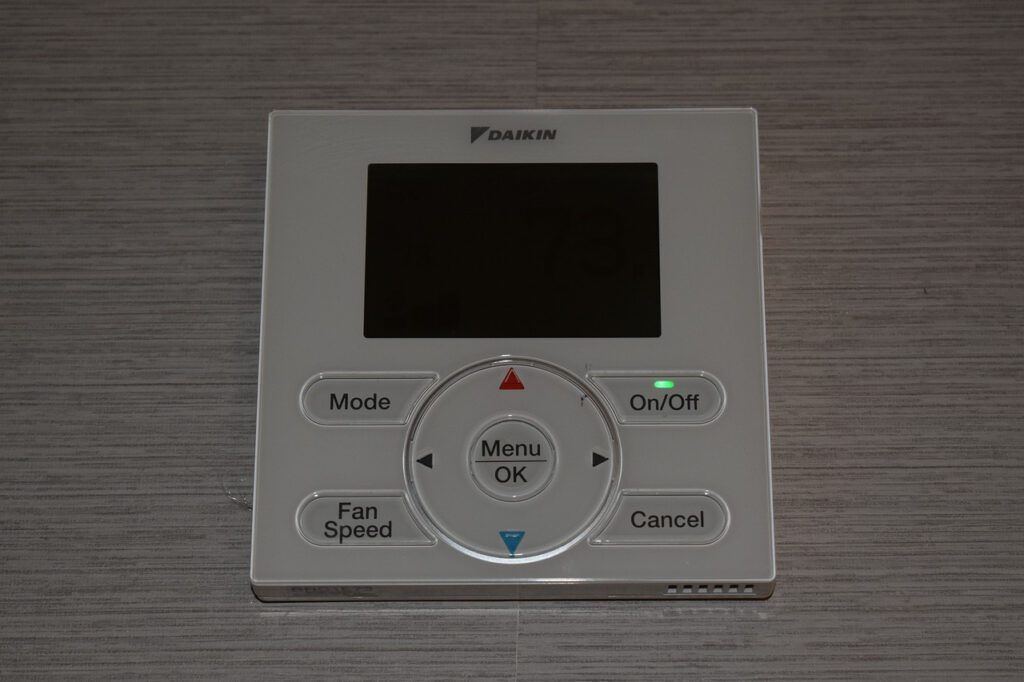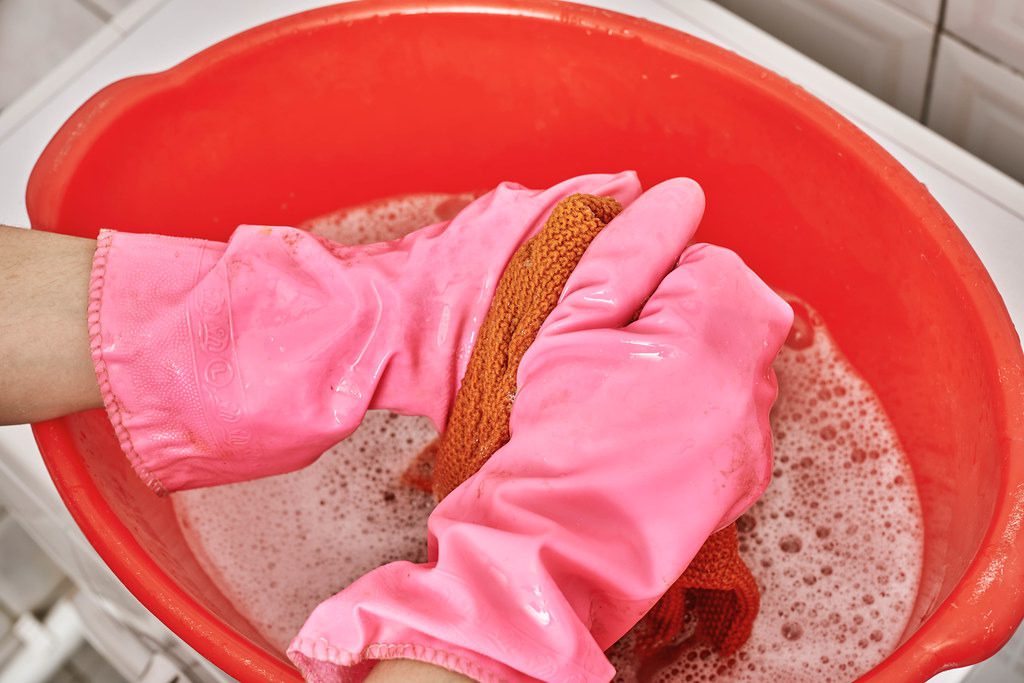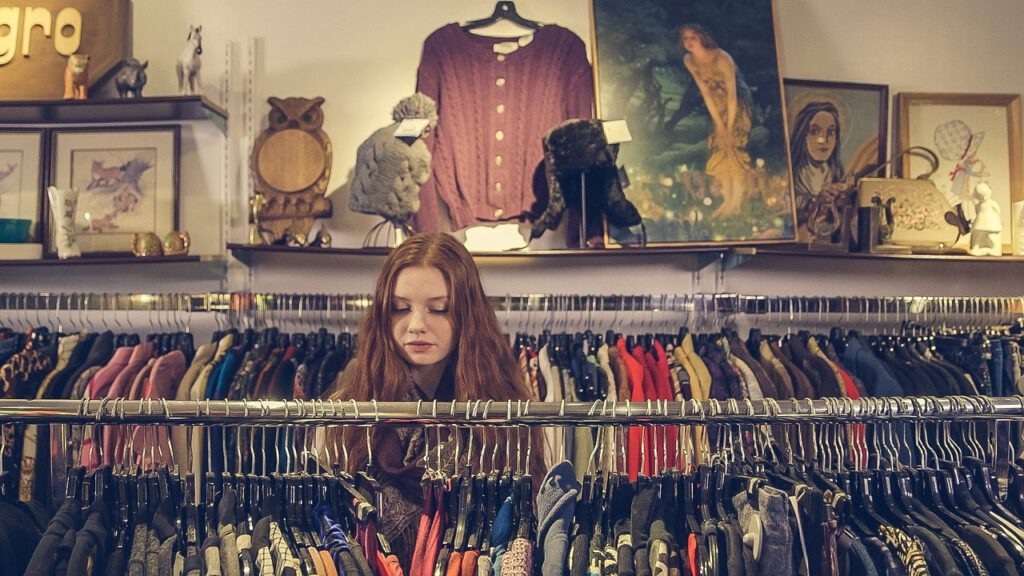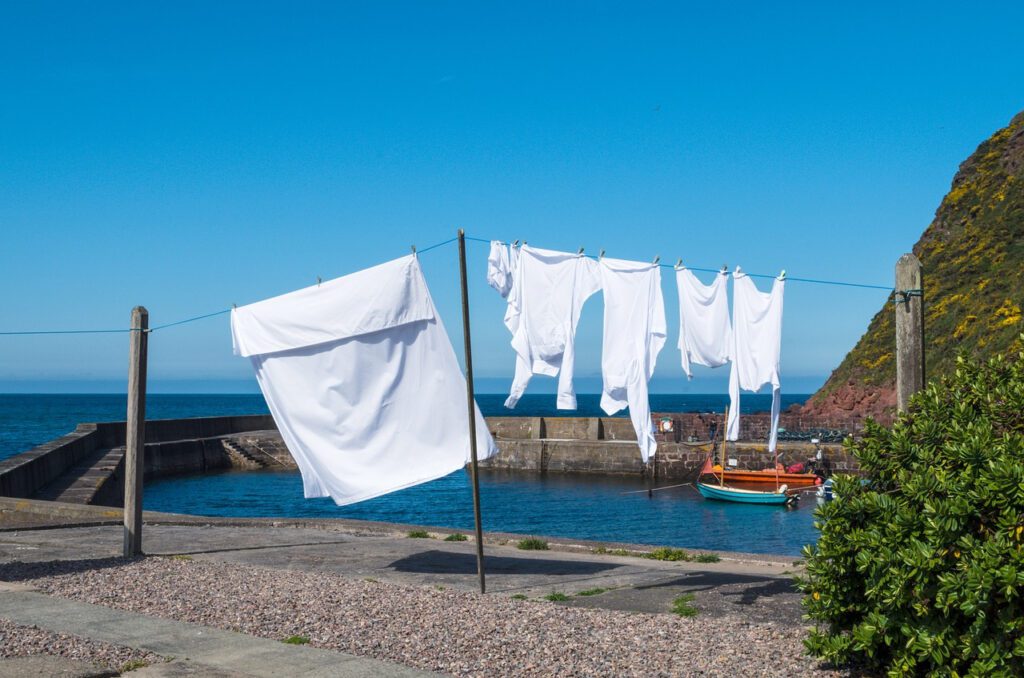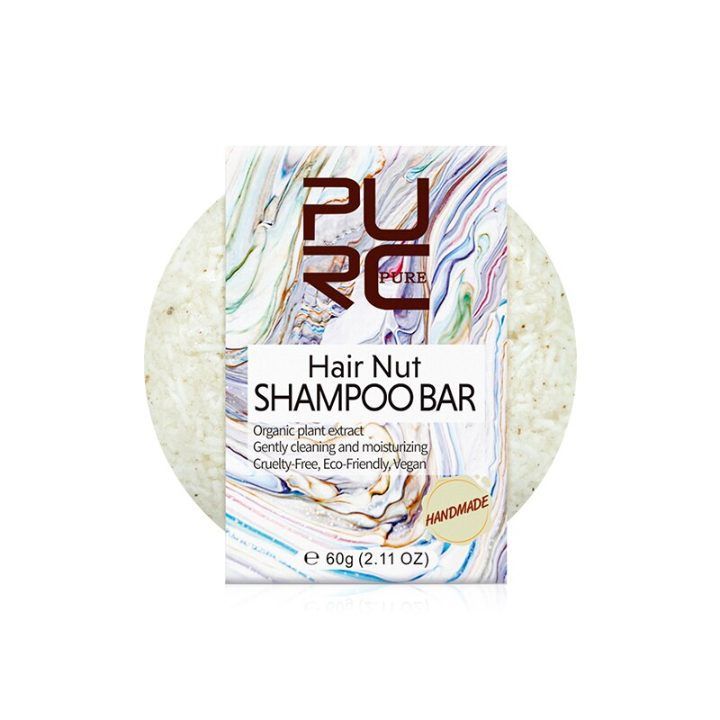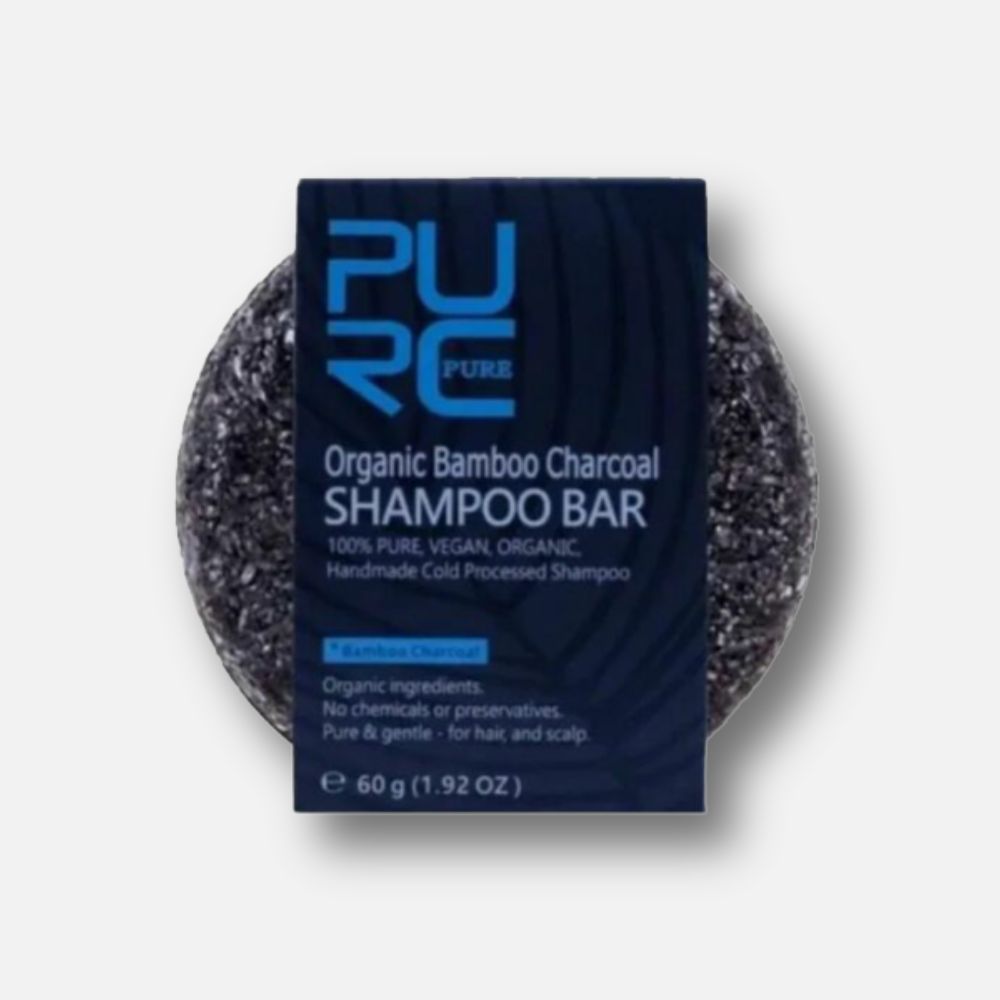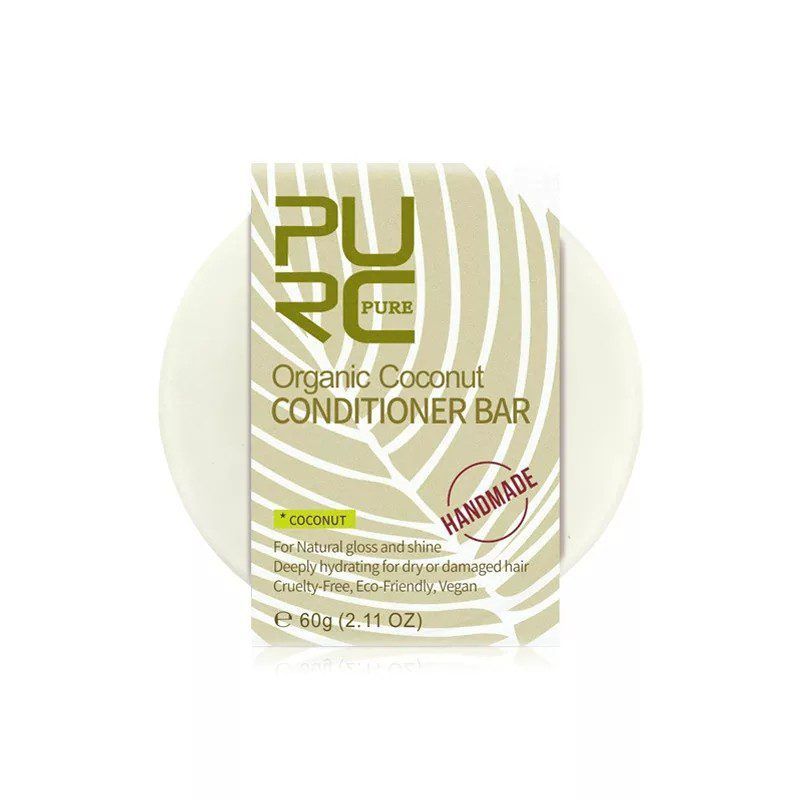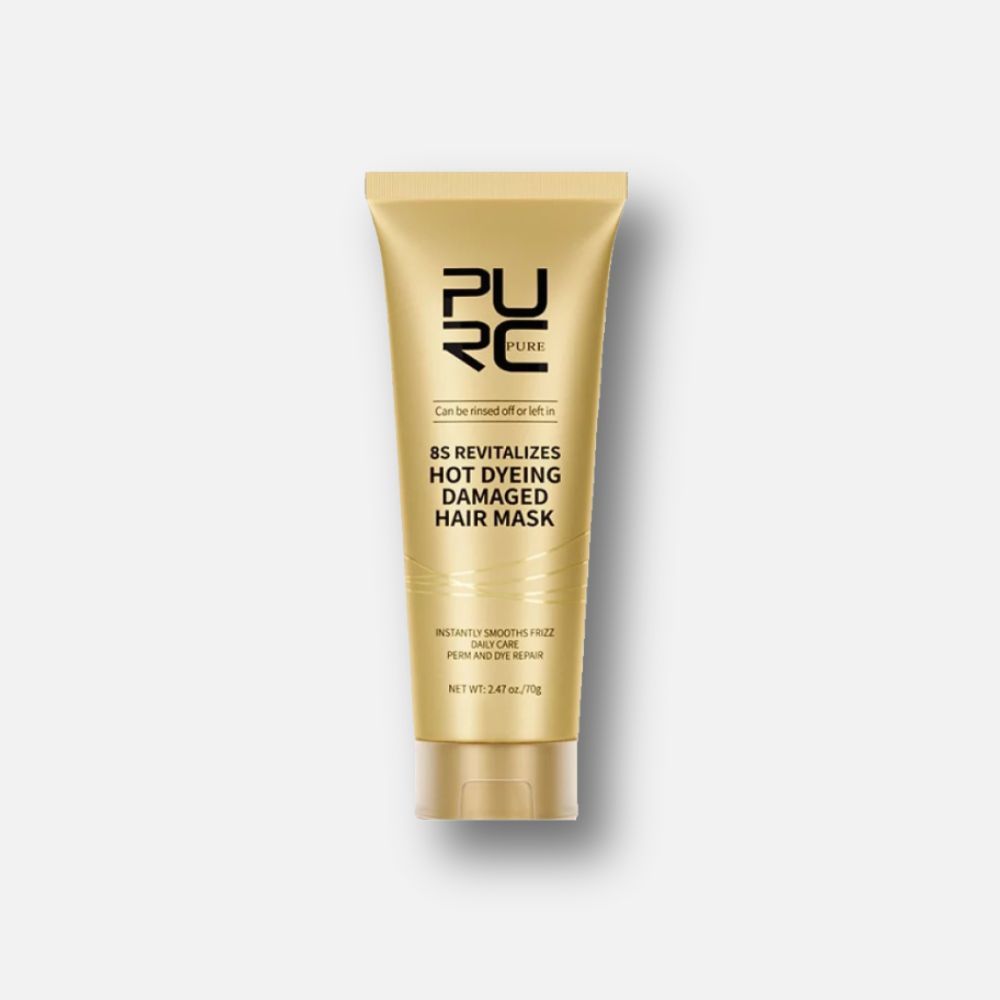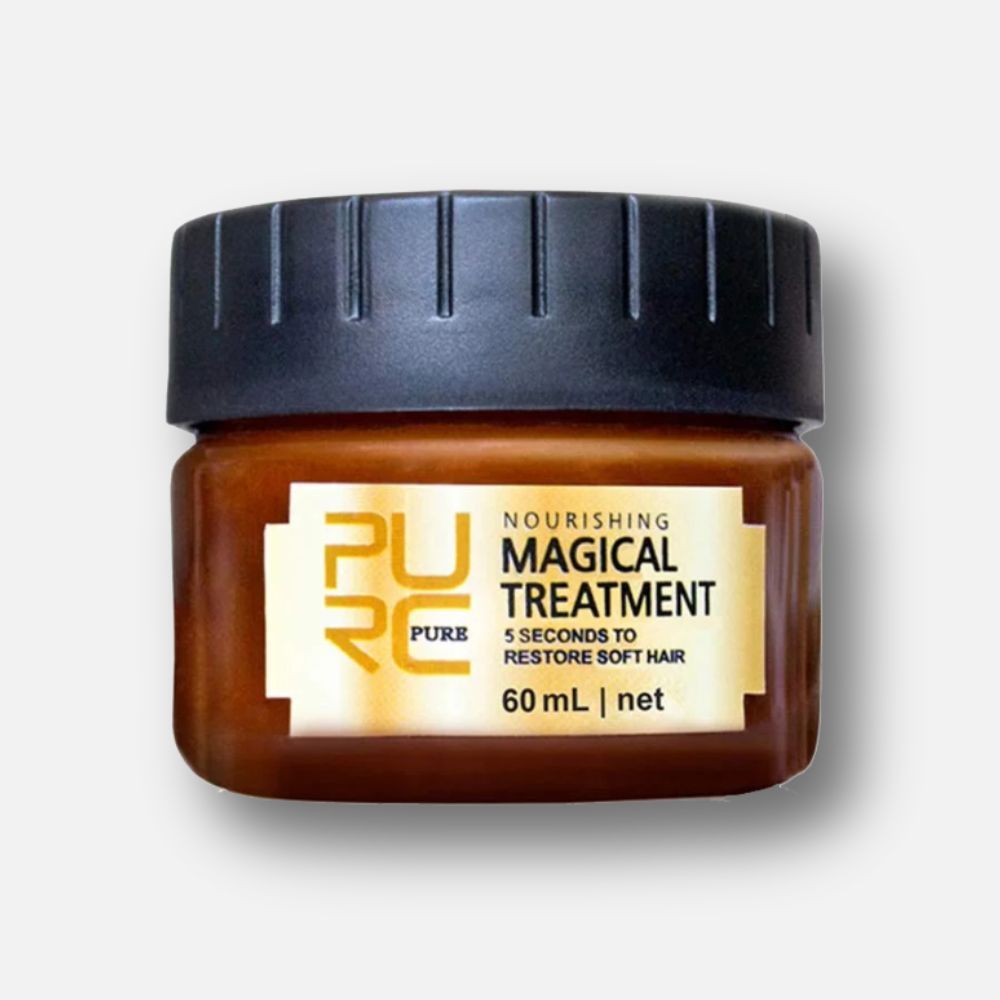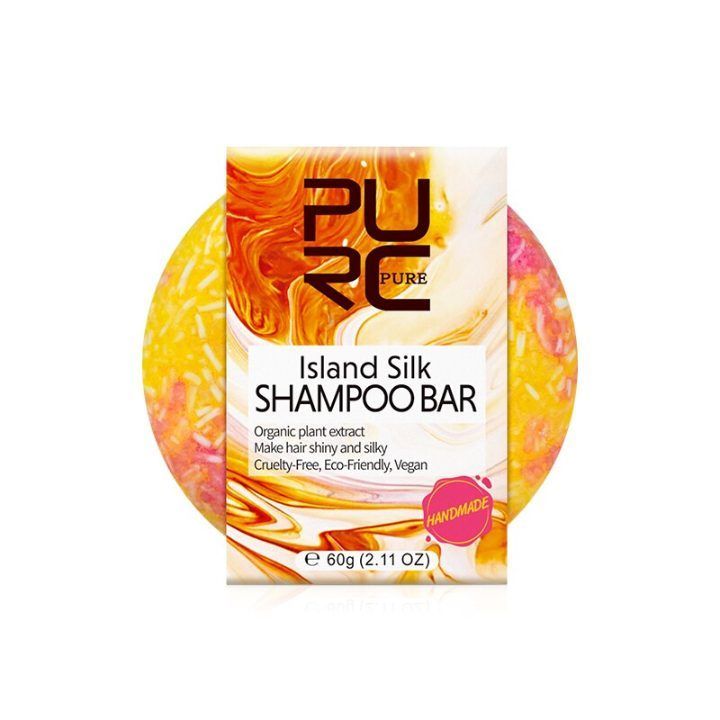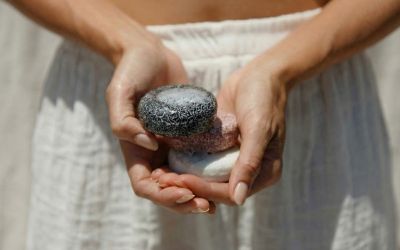“You cannot get through a single day without having an impact on the world around you.”
– Jane Goodall.
Sustainable home is defined as housing that effectively uses resources and energy while having a minimal environmental impact. The central premise of sustainable housing is to ensure that it improves the quality of life by reducing waste, improving reliability, lowering life-cycle environmental impacts, requiring less maintenance, and allowing for more reuse. Making our homes more environmentally friendly is a direct responsibility that isn’t stressful during or after construction. Some changes are quick and inexpensive, while others take longer and cost more.
Let’s start with the more complex ethos of sustainable living before going on to the practical aspects and where to begin. To put it another way, anything you take from the Earth must be returned to it. This is the optimum kind of sustainability. We will never be able to reach true environmental zero impact. As a result, sustainability in its broadest sense also refers to the degree to which that goal is attainable. Simply put, sustainable living is a strategy for lowering one’s “carbon footprint.“
Sustainable living is a practical concept to reduce personal and societal environmental impact by implementing positive adjustments that mitigate climate change and other harmful environmental concerns. It urges individuals to use the Earth’s resources sparingly and minimize the harm caused by human-environmental interactions.
Reducing our environmental footprint appears to be a straightforward task, right? There is no one-size-fits-all definition of “sustainability.” It’s a very subjective interpretation. There are, however, a variety of ideas, behaviors, and lifestyle changes that, when combined, provide a much more sustainable way of life. While no one can be completely sustainable, there is no limit to how far along the sustainable spectrum you can travel. Here is a beginner’s guide with some of the most critical and practical aspects of sustainable living:
Ways To Achieve A Green Lifestyle for Sustainable Home
1. Installing Energy-saving Bulbs Throughout The House
When incandescent light bulbs are replaced with compact fluorescent lamps or LED bulbs, energy is conserved, making you one step closer to being energy efficient.
2. Composting Food Waste
Food waste is the most absurd problem humanity has, and it should be so simple to address. It is the third most effective way to reduce carbon emissions. Food is currently wasted throughout the supply chain, and it is highly harmful in landfills, accounting for 6-8% of all emissions. Composting kitchen garbage will assist in reducing the quantity of household waste that ends up in landfills while also lowering the expense of waste collection. By better planning, conserving and freezing food, finding inventive methods to use food leftovers, composting, and producing our own food, we may drastically minimize food waste in the house. Furthermore, purchasing close-to-expiration supermarket items helps prevent them from being thrown away.
3. Grow Your Own Food
Growing your own food with organic methods helps green urban areas, but it also helps reduce carbon, makes cities greener, increases biodiversity, and cuts down on food travel miles. If you’re new to gardening, start with a few herbs on your window sill and work your way up!
4. Spider Plants Should Be Planted In All Rooms
Spider plants are recognized for purifying the air, and they are placed in the chamber to assist filter the air, particularly in the bathroom.
5. Create A Microclimate With Your Design
The architecture should allow for light ventilation in a hot, dry area. The house should be adequately insulated during the winter and have sufficient sun access.
6. Ensure Efficient Heating And Cooling Without Having To Buy Air Conditioners
It can be accomplished through the use of curtains and shades and the sealing of any leaks. Also, take advantage of the sun’s heat and shadowing to create a great environment and insulation. If you must purchase an air conditioner, you must also install ceiling fans to improve the air conditioner’s efficiency.
7. Low-flush Toilets Should Be Installed
When compared to regular toilets that utilize 6 liters of water per flush, low-flush toilets can dramatically cut water waste. Low-flush toilets, in particular, utilize roughly 4.5 liters or less per flush.
8. Repurpose Furniture
Materials are recycled, salvaged, and reused in various ways. Instead of buying new furniture, recycle old furniture to save money and trees. For example, use reclaimed wood – this has the potential to be incredible! When a contractor demolishes or renovates a structure, old wood products can be rescued and frequently reused to convert into cabinets, headboards, dining tables, and more.
9. Install Programmable Thermostats
When nobody is there, thermostats can be used to monitor the house temperature and maintain it warmer or cooler.
10. Apply Environmentally Friendly Paints On Walls
Building a sustainable home requires using plant or water-based paints rather than standard paints that contain volatile organic compounds. Chemical paints are hazardous to the health of the occupants and pollute the air. To lessen indoor air pollution, use eco-paints to generate fewer pollutants and are also less hazardous to produce.
11. Install Motion Detecting Lights
When a person or individuals are present in a room, monitor sensing lights will turn on the lights and switch them off when no one is present. This allows you to become energy efficient and helps reduce energy expenses, which are frequently related to waste when individuals forget to turn off the lights before leaving the house.
12. When Washing Your Garments, Use Cold Water
Modern detergents and high-efficiency washers clean your clothes without the use of hot water. Your garments will last longer and appear to be brand new.
13. Purchase Things That Have Been Recycled
Purchasing products created from recycled materials are healthy for the environment and encourages more remarkable recycling by increasing demand. Another person’s garbage is another person’s gold. It’s an excellent way to recycle. Even in the case of clothes, one can give clothes they no longer use and acquire additional clothes by thrifting, thereby reducing waste. It aids in reducing chemical pollution caused by the production and purchase of new clothing. It’s a simple and straightforward approach to go green.
14. Dry Your Clothing On The Line
Drying your clothing on a line is the old-fashioned method that is better than using a dryer. By starting with line drying and finishing with a few minutes of tumble in your dryer, you can enjoy the best of both worlds.
15. Natural Cleaning Agents Should Be Used
Toxins are kept out of the water supply, your indoor air, and your skin with natural cleaning products.
Conclusion
One of the best ways to demonstrate your respect for the Earth and your involvement in its preservation is to learn more about green lifestyle alternatives. When your home has eco-friendly architecture, you’re helping to improve the environment. That’s not all, though. Home sustainability can reduce the cost of running your home by conserving energy, water, and system and appliance maintenance. You create a healthy environment for yourself, your family, and your pets as well.
